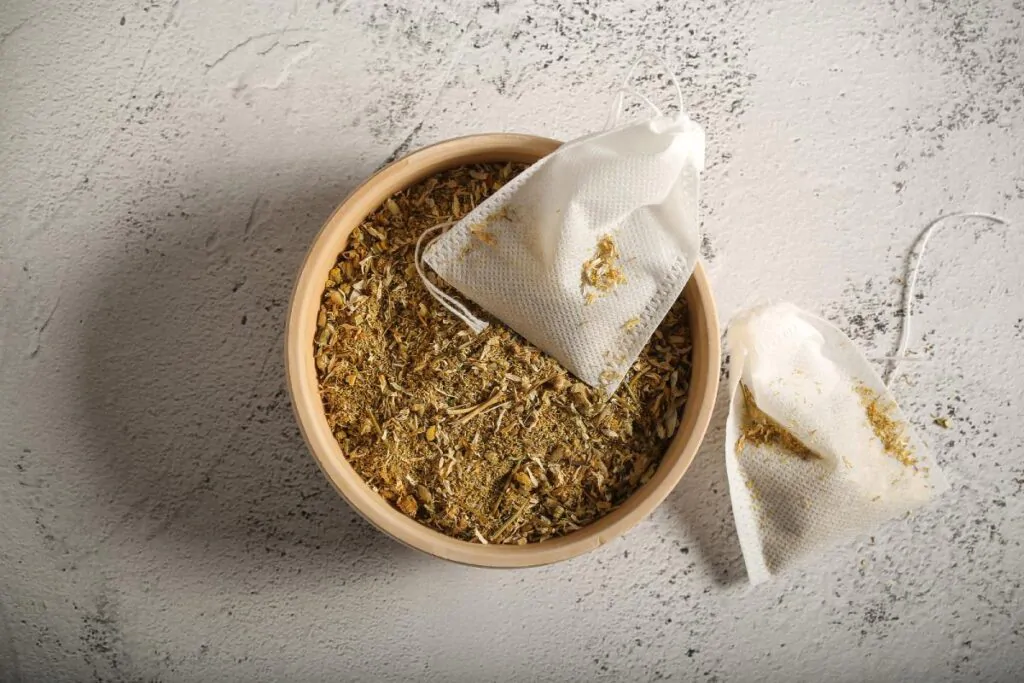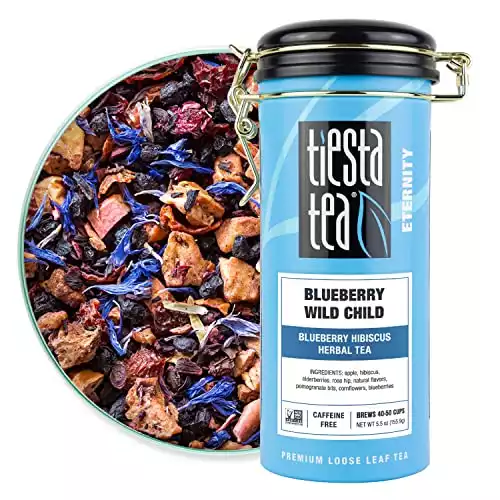The article answers how much caffeine in a tea, and provides an in-depth analysis of the factors that determine the amount of caffeine in a cup of tea.

I like coffee and I like tea. The latter is especially nice to have at various times during the day. It is warm, soothing, and relaxing, and it does not contain as much caffeine as coffee.
Although caffeine is a natural stimulant that is found in plant foods of all kinds, it affects everyone differently. After a cup of joe, I feel more alert and awake. But if I have too much coffee, I find it hard to fall asleep at night.
Tea is a good alternative. However, it too contains caffeine. Various factors affect the amount of caffeine in a cup of tea.
How Much Caffeine In A Tea?
If you have a health condition that is impacted by the amount of caffeine you have, or your sleep rhythms, like mine, are disturbed by the slightest increase in the amount of caffeine, then you should know how much of the stuff is in the tea you drink.
The question that opens this section is best answered by sorting through the different factors that affect caffeine content in tea.
1. Type Of Tea

Tea bags tend to have more caffeine than whole leaves. If you want to minimize the amount of caffeine in your tea, then you should buy loose leaf tea.
- Loose Leaf Blueberry Hibiscus Herbal Tea
- Non-Caffeinated
- 5.5 oz Tin - 50 Cups
- Natural Flavors
Using whole or loose leaf tea gives you one other advantage if you want to minimize your caffeine intake. Loose leaf tea can be re-used several times. Each time lessens the amount of caffeine in the tea.
This can be done while maintaining the taste of the tea. Unlike the ground tea that is in tea bags, a loose leaf tea is potent in flavor. You will continue to taste it even after it has been recycled a few times.
2. Amount Of Tea Leaves
The more tea leaves you brew the more caffeine will be released. To moderate the caffeine levels in your tea, you will need to moderate the number of tea leaves you brew.
In any case, you do not need that many tea leaves to get the taste that you want. In a standard cup, say 8oz, you need only use two or three tea leaves to tap their flavor.
3. Brewing Time
The longer the tea leaves sit in hot water the more caffeine they will produce. You should brew your tea for no longer than 4 minutes.
It is also important to brew them at a low temperature. Anything above 100 degrees Fahrenheit releases more caffeine.
The practice of boiling water for a cup of tea started with the invention of the modern kettle. A whistling kettle was the easiest way for people to know that the water was hot enough. We know better now.
The optimum temperature for tea is actually 90 degrees. If you want to reduce the amount of caffeine in your tea, don’t wait until it boils. Keep it on the stove until it gets really hot.
Caffeine In Different Types Of Teas
Different types of teas have different levels of caffeine. Here is the data on the most popular types of teas:
1. Black Tea
An 8 oz cup of black tea with milk contains 47 mg of caffeine. To give you a sense of relative proportion, a shot of espresso contains 63 mg of caffeine.
And it should also be noted that black tea contains more caffeine than Oolong tea. This is an added bonus if you prefer the taste of the latter to the taste of the former.
2. Green Tea

Green tea contains less caffeine than black tea but is not completely free of it. An 8 oz cup of green tea has 33 mg of caffeine in it. Matcha green tea is even stronger. It has 35 mg of caffeine.
3. Herbal Tea
Here, you have to determine the plant your particular herbal tea is made from. Those that are derived from the Camellia Sinensis plant are caffeine-free. These include fruit teas, camomile, ginger, and peppermint.
However, if your herbal is blended with green or black tea, it will contain caffeine.
The one thing you can be absolutely sure about is that whichever tea you choose will contain less caffeine than coffee.

